By Michael D’Angelo
 As a contractor engaged in the design and construction of excavation support systems, we have used Helical Anchors as temporary tiebacks on several projects. We have experience with several different kinds of anchors: pressure grouted anchors, rock anchors, regroutable anchors, gravity grouted anchors, etc.
As a contractor engaged in the design and construction of excavation support systems, we have used Helical Anchors as temporary tiebacks on several projects. We have experience with several different kinds of anchors: pressure grouted anchors, rock anchors, regroutable anchors, gravity grouted anchors, etc.
Some of the advantages of using Helical Anchors as temporary anchors when compared to grouted anchors are: low mobilization costs, low installation costs, and common equipment usage. Mobilization for Helical Anchors requires a backhoe with a drill motor and the anchor material, which can be mobilized on a pick-up truck with tag-a-long trailer. Mobilization for grouted anchors requires a drill, a compressor, a grout mixer, and a pump along with water hoses, grout hoses, tooling, etc. Installation of Helical Anchors usually requires a crew of approximately 3-4 men, whereas grouted anchors usually require a crew of approximately 4-5 men. In addition, installation production is typically much greater with Helical Anchors than with grouted anchors. Another unique advantage of Helical Anchors is the “common equipment usage.” Helical Anchors are typically installed with a backhoe with a portable drill motor. Similar to a hydraulic hammer, this drill motor can be easily installed and removed. For an excavation contractor as well as an excavation support system contractor, this is an important advantage. When we are not installing Helical Anchors, we can remove the drill motor, install a bucket on the backhoe, and use it productively for other tasks on the project. Typically, this is not possible with drills used to install grouted anchors as they only perform the function of drilling. The “common equipment usage” is a great advantage.
We have used Helical Anchors for temporary tiebacks on a number of projects, including ones with a small number of anchors, soil conditions favorable to helical anchors as opposed to grouted anchors, and anchor loads that are achievable with helical anchors. Typically, we use helical anchors with design loads no greater than 75 kips. We have installed grouted anchors with design loads of 150 kips in soil and higher in rock. It is important to know what soil conditions are favorable to the use of helical anchors and which are not. For example, helical anchors will not penetrate rock, whereas a grouted anchor can be installed in rock to very high capacities. Generally, we see an economic advantage to using Helical Anchors when the soil conditions are favorable (medium-dense granular material or medium-stiff to stiff cohesive material) and the overall length of the anchor is less than 50 feet (beyond this length, the material costs of the helical anchors often become a factor). As always, it is a good idea to have an experienced contractor or engineer use their expertise in evaluating each condition in which helical anchors can and should be used.
_________________________________________________________________________
Michael D’Angelo, P.E. is the resident Civil Engineer for D’Angelo Brothers, Inc. He has over 25 years of experience in the design and construction of excavation support systems, underpinning, tiebacks, permanent tiedown anchors, micropiles, and soil nailing. For any inquiries, please contact Michael at (215) 271-7000 or mfd@dbicontractors.com.






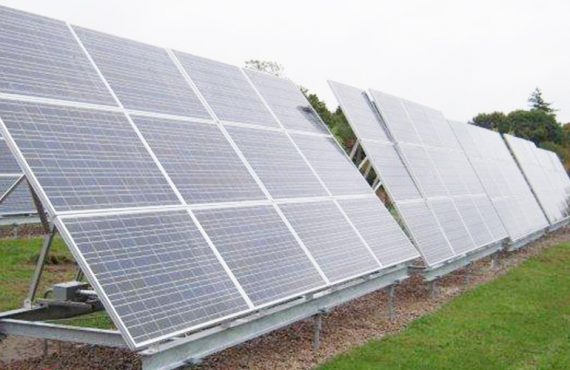
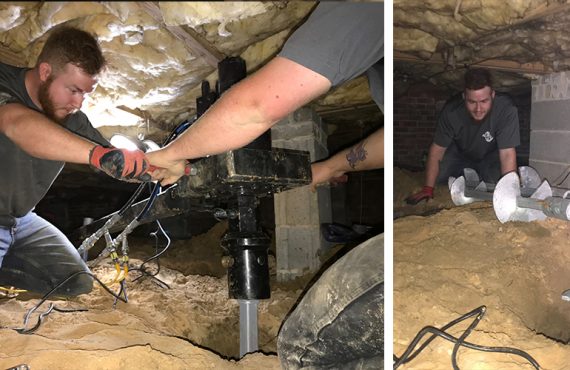
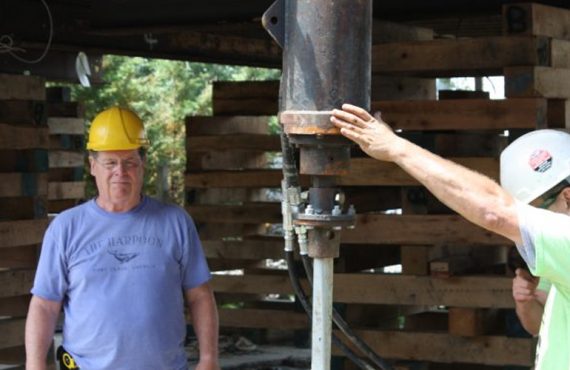

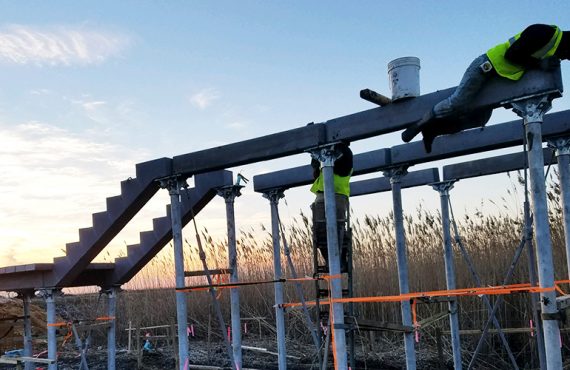
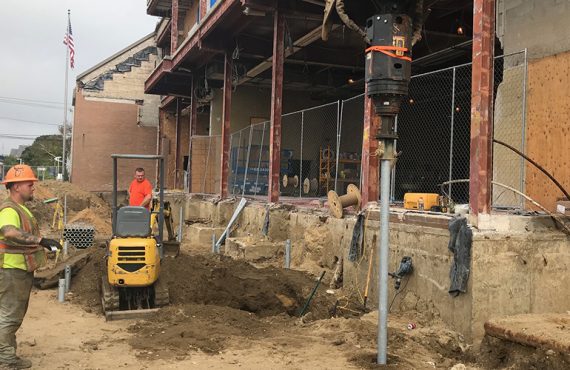
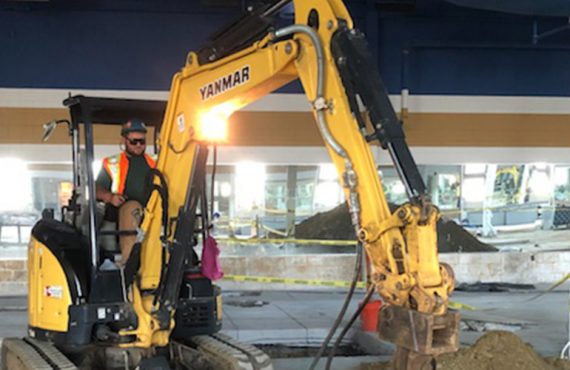

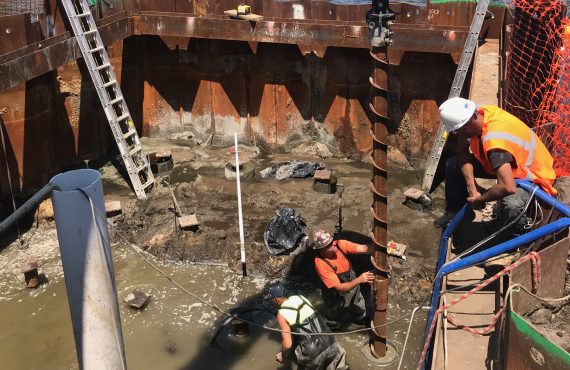
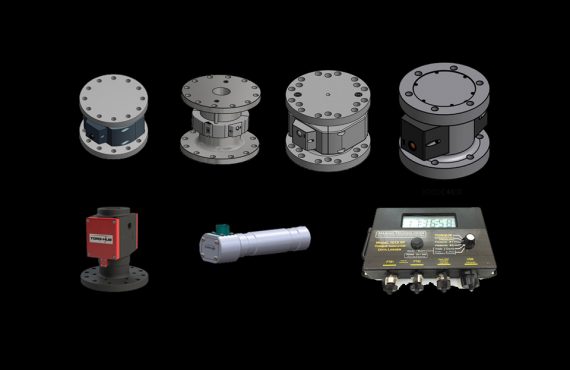





[…] Where conventional tieback anchors require drilling, placement, grout set-up, and testing, the helical tieback can be installed, tested, and locked-off immediately. Typically, the excavating contractor is held up by the tieback crew when grouted anchors are […]
[…] and maintained to having a wealth of information. I can now rattle off information ranging from tiebacks and helical piles to which truck uses which type of oil. It is really amazing to meet so many […]
[…] and maintained to having a wealth of information. I can now rattle off information ranging from tiebacks and helical piles to which truck uses which type of oil. It is really amazing to meet so many […]
[…] As acceptance of the CHANCE® helical foundation products grew, as our territory grew, as DANBRO began to certify more installers, as Walter Smith – who had parted from CHANCE® and spent a few years with a national geotechnical contractor – came on board with DANBRO, D’Angelo Bros., Inc. began to use less and less CHANCE® material. […]
[…] Tom McAuliffe, Paul Mauer, High Rise Industries, Joe D’Angelo, Elizabeth D’Angelo, Michael D’Angelo, and Gorilla – this blog is a special place thanks to all of you. We will continue to break new […]